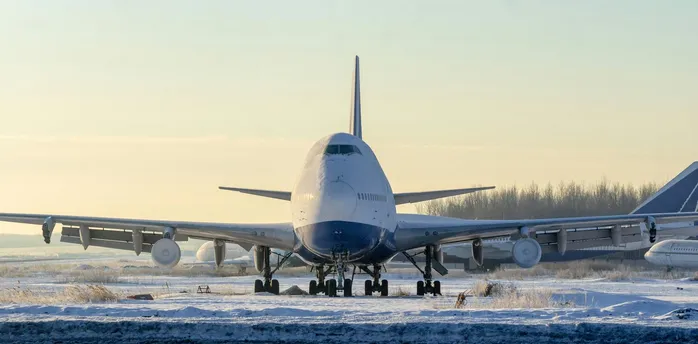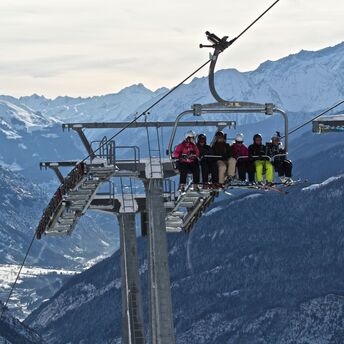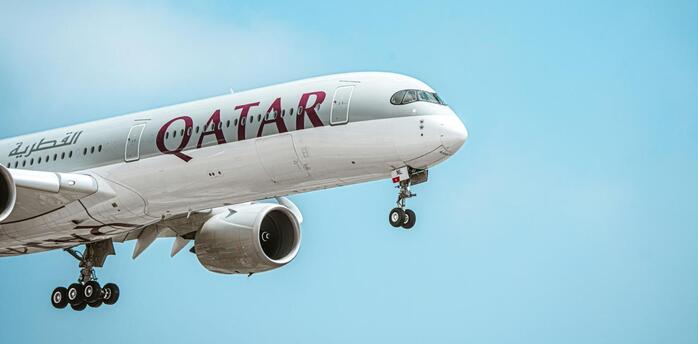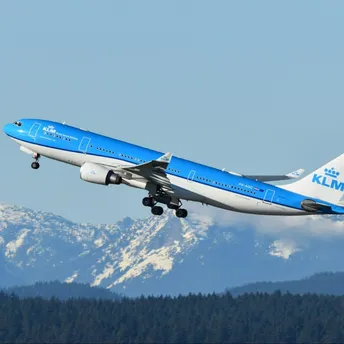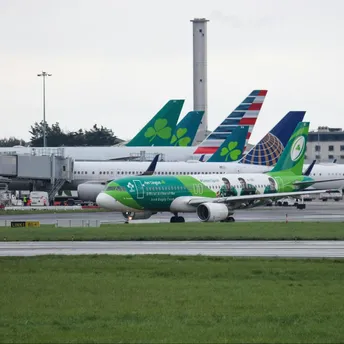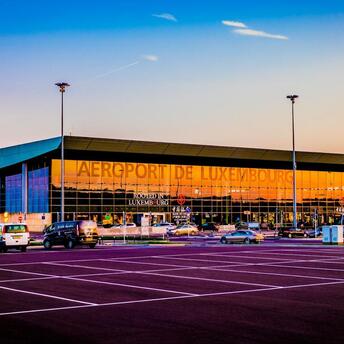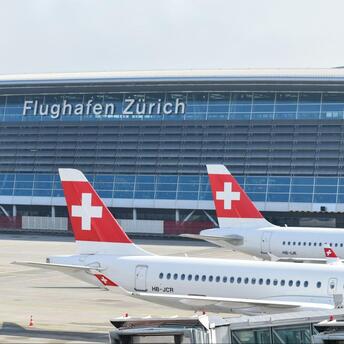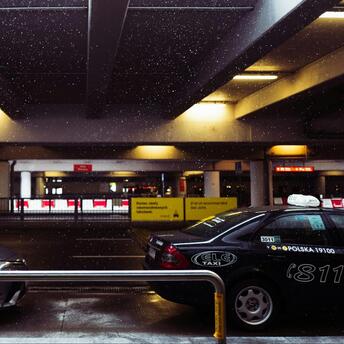JetBlue Adjusts Routes: Exits BWI Marshall and Reduces Reagan National Service
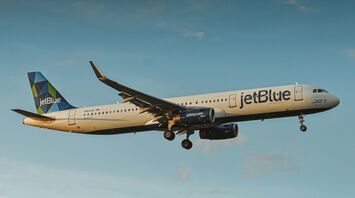
JetBlue Airways is making significant changes to its service in the D.C. area, affecting two major airports. The airline is discontinuing its flights between Reagan National Airport and JFK Airport in New York, as well as ending its sole service from BWI Marshall Airport to Boston.
According to wtop.com, JetBlue stated that withdrawing from a market is consistently a difficult decision. They emphasized that the discontinuation of the Boston-BWI route and the closure of their Baltimore operations, internally referred to as BlueCity, are attributable to underperformance and insufficient customer demand.
These changes are part of a broader strategy by JetBlue, which includes the elimination of a total of 14 routes. Affected routes span several cities including Boston, Newark, JFK, LaGuardia, Miami, Nashville, and Denver. This decision aligns with JetBlue’s efforts to optimize its network and focus on areas with higher demand.
Interestingly, this announcement follows closely after a federal judge blocked JetBlue’s proposed $3.8 billion acquisition of Spirit Airlines. However, JetBlue clarified that the route adjustments were planned nearly a month prior to the court’s decision, indicating these changes were not directly influenced by the legal outcome.
The final day of JetBlue’s service at BWI Marshall is set for May 1. Customers impacted by these cancellations will receive automatic refunds to their original payment method. Despite these cuts, JetBlue will continue to operate at Reagan National, maintaining an average of 10 daily roundtrips to Boston.
This development came after a U.S. District Court judge agreed with the Justice Department's stance on January 16, stating that the acquisition of Spirit Airlines by JetBlue could potentially harm budget-conscious travelers. In response to the judge’s decision, JetBlue and Spirit have jointly filed a notice of appeal.
For travelers in the D.C. area, these changes by JetBlue signify a shift in the landscape of regional air travel, potentially impacting travel plans and preferences. As the airline industry continues to evolve, such adjustments reflect the ongoing challenges and strategies employed by airlines to navigate market demands and regulatory environments.


